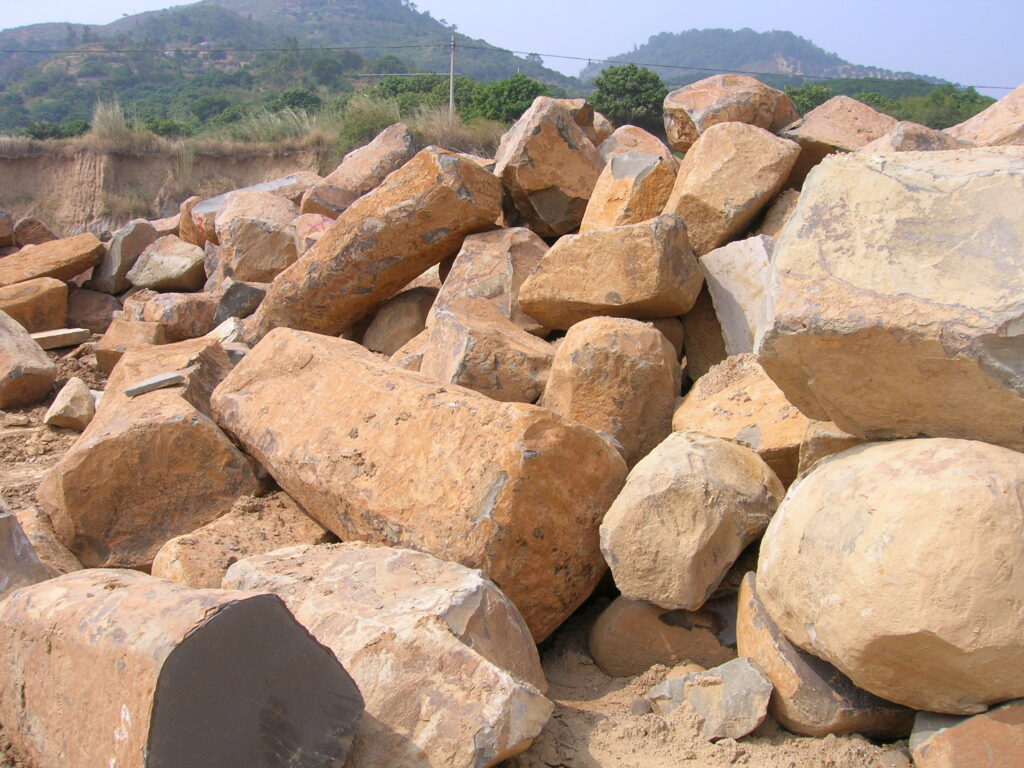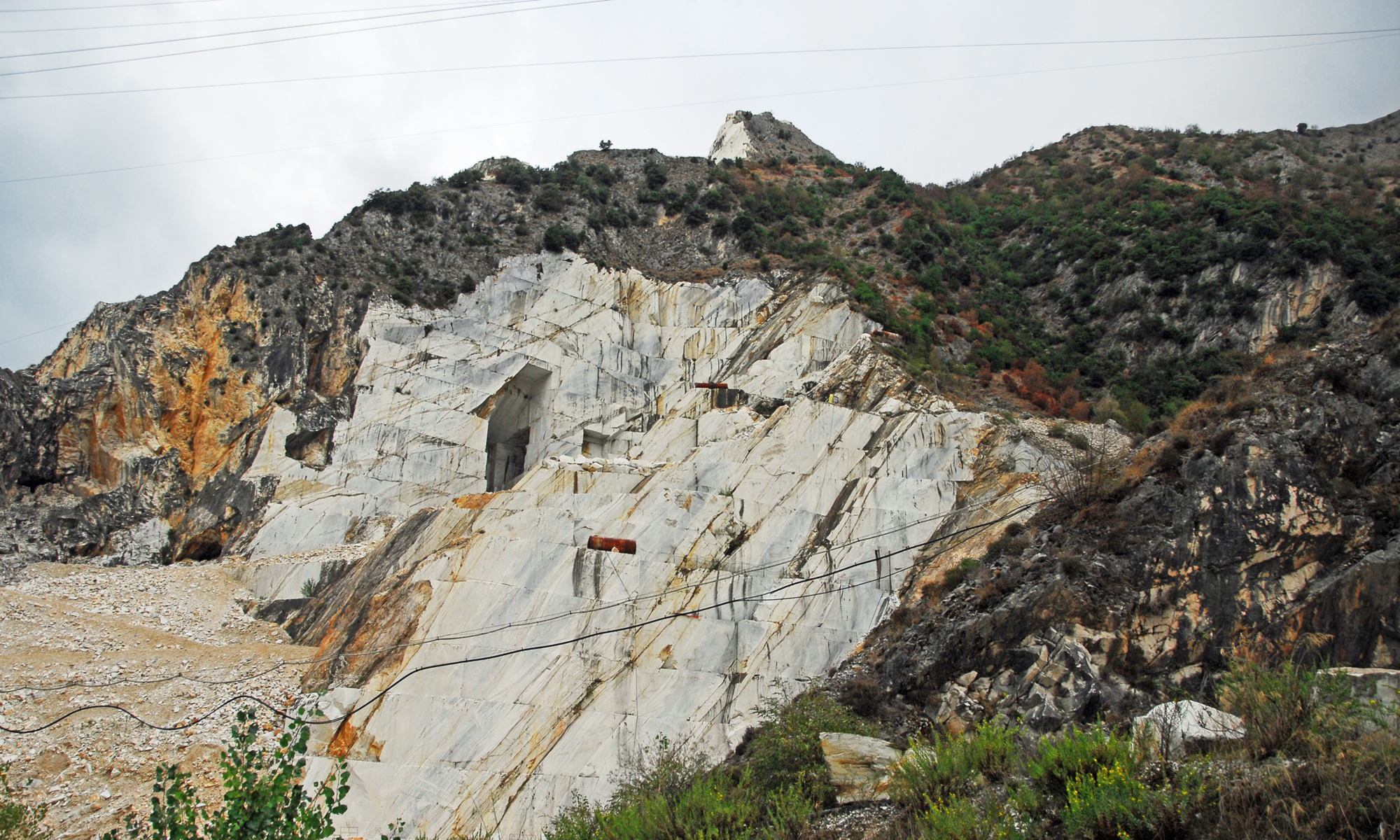

Basalt slabs are architectural elements crafted from basalt, a common volcanic rock known for its dark color, typically black or dark brown to dark gray, and its fine-grained texture. Here’s a detailed description:
- Appearance: Basalt slabs have a smooth, polished surface when finished, which can contrast with a more rugged, textured look when left in a more natural state. The color can vary slightly due to the presence of different minerals but generally remains within dark shades.
- Material Properties:
- Durability: Basalt is extremely hard and durable, making it resistant to weathering and chemical erosion. This durability makes basalt slabs ideal for both indoor and outdoor applications where longevity is desired.
- Heat Resistance: Given its volcanic origin, basalt can withstand high temperatures, which might be useful in settings like around fireplaces or in high-heat industrial environments.
- Density: Basalt is dense, which contributes to its strength and stability when used in construction or as a structural element.
- Usage:
- Architectural: Basalt slabs are often used in high-end construction for countertops, wall cladding, flooring, stairs, and as decorative elements. Their dark, sleek appearance adds a modern or minimalist aesthetic to spaces.
- Landscaping: In outdoor settings, basalt slabs might be used for paving, garden steps, or as retaining wall materials, providing both function and an aesthetic that blends well with natural landscapes.
- Art and Design: Artists and designers might use basalt slabs for sculptures, tables, or other decorative pieces, valuing their visual appeal and the unique patterns formed by the rock’s natural fractures or inclusions.
- Installation: Installing basalt slabs requires careful handling due to their weight and hardness. Professional cutting and shaping might be necessary, along with appropriate bedding and sealing to ensure longevity, especially in environments exposed to moisture.
- Environmental Impact: Basalt is abundant in many parts of the world, and its extraction typically has a lower environmental impact compared to some other stones.
- Cultural Significance: In various cultures, basalt has been used for millennia, often for its practical properties but also for its symbolic value, sometimes representing strength, endurance, or a connection to the earth’s primordial forces.
Basalt slabs, therefore, not only serve functional purposes but also bring a certain aesthetic gravitas to any setting, embodying a natural, elemental beauty that can enhance both modern and traditional designs.

